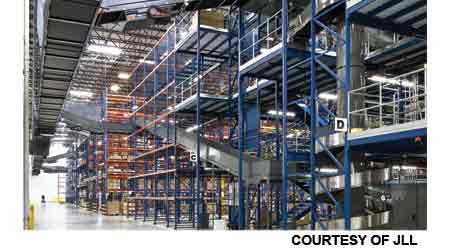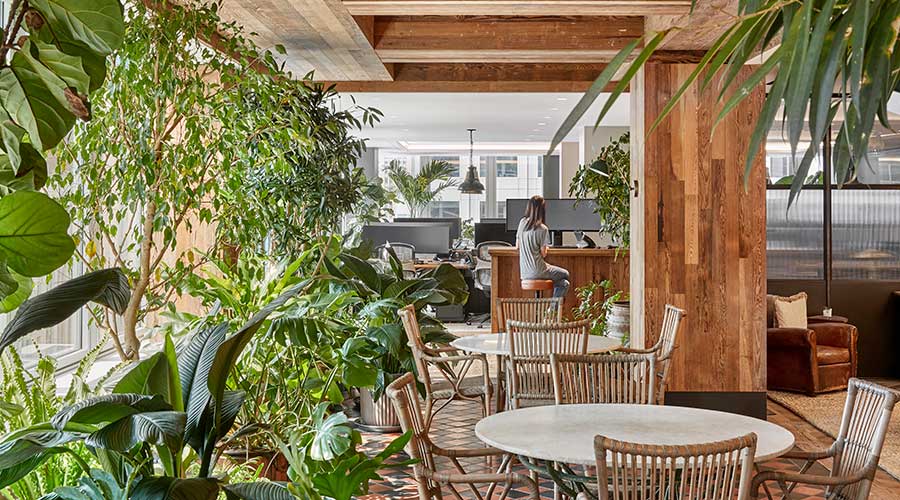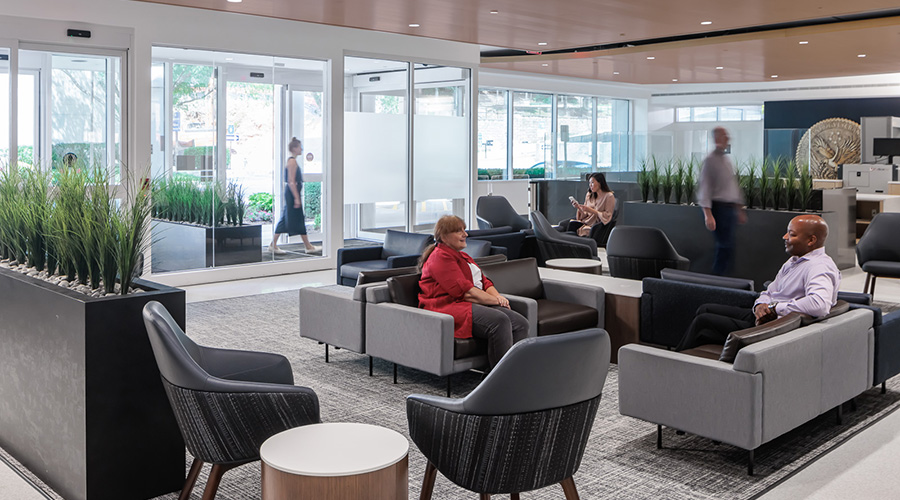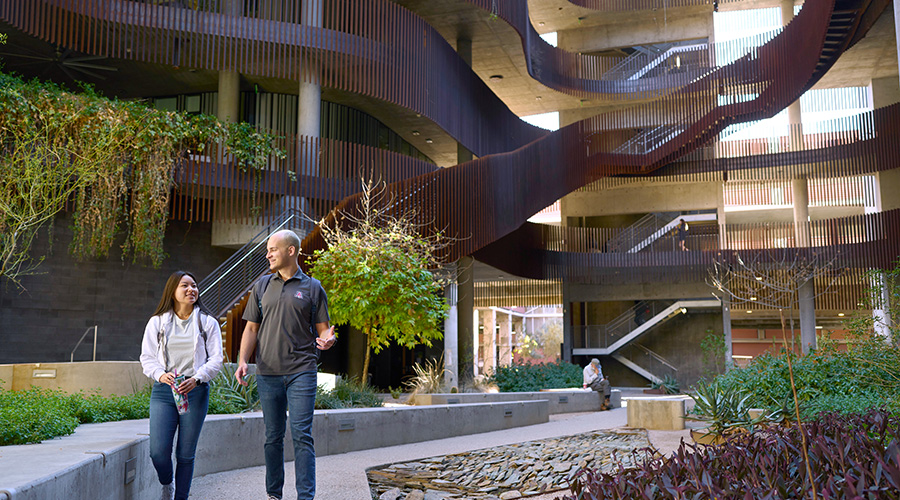E-commerce Driving a Revolution in Portion of Warehouse Market
Part 1 of a 5-part article exploring big changes in warehouse design, technology, and market
Not so long ago, the model of the standard distribution warehouse was roughly along these lines: a fairly large enclosed space with relatively few employees and parking spaces, a handful of forklifts scurrying about, and a location sometimes way out in the sticks. Typically, you’d put up some concrete walls and 24- to 32-foot ceilings, add a few offices and a restroom or two, and throw in a little power. Today, thanks to the continuing growth of e-commerce and its 800-pound gorilla, Amazon, a portion of the warehouse market has been undergoing a revolution in physical size, workforce size, design, and technology that has helped make it a hot commodity.
The unglamorous warehouse sector may not consist of gleaming skyscrapers and trophy shopping centers, but over the last decade it is where the most growth in commercial real estate has occurred, according to Garrick Brown, vice president, Retail Research of the Americas, at Cushman & Wakefield. “From an investor standpoint,” he says, “people are lining up to try to buy these things, and are paying top dollar.”
In his “Annual Review & Outlook, 2015,” Craig Meyer, Jones Lang LaSalle’s president of industrial brokerage, called 2014 the year of the “big box,” as demand for big warehouses of 500,000 square feet or more reached its highest level in seven years. “In fact, as this goes to print,” he wrote, “there are 60 tenants looking for big-box warehouses of 1 million square feet, and there are only 22 ready-to-go blocks of space that fit this specification. Two-thirds of this demand is in the large-scale logistics markets of Southern California, Dallas/Fort Worth, Chicago, New Jersey, Philadelphia/Harrisburg, and Atlanta. Demand is outweighing immediate, available sites by nearly 3 to 1.”
Internet shopping and consumers’ insatiable demand for quick delivery have driven the size of the largest e-commerce distribution warehouses to 1 million square feet or more, changed their function, and forced them toward the large population centers. (And if they’re near low-tax college towns like Phoenix, offering a big supply of seasonal student workers, so much the better. E-commerce is generally wary of unionization and loves student workers, Brown says.) What’s going on is actually a retail boom in the guise of industrial building, he says.
Before the novel concept of executing fast, direct-to-consumer order fulfillments was even on the radar, the traditional mission of the warehouse was to either transload goods (transferring them from one type of transportation to another) or move palletized materials to a store or distribution hub in scheduled, and comparatively infrequent, bulk shipments. Goods might be coming in from a port or railroad on one side of the warehouse, while in the middle the goods would be divvied up and positioned to be shipped out. A warehouse for a drugstore chain, for example, might be servicing 50 drugstores from a big building employing about 100 people. There wasn’t a whole lot of concern about getting goods to the consumer quickly.
Related Topics:
















